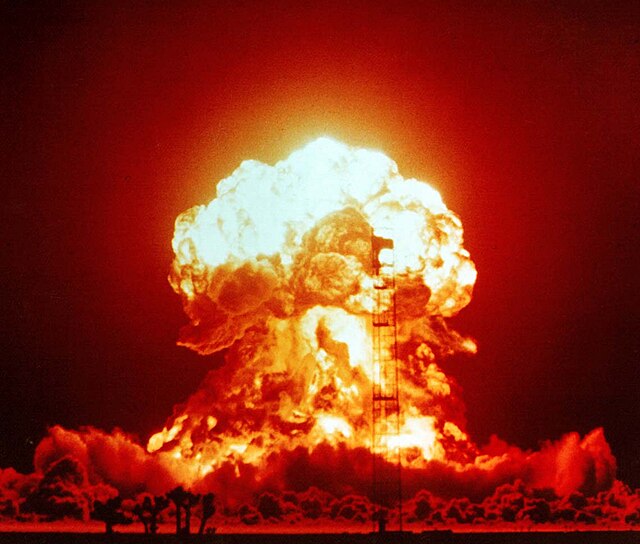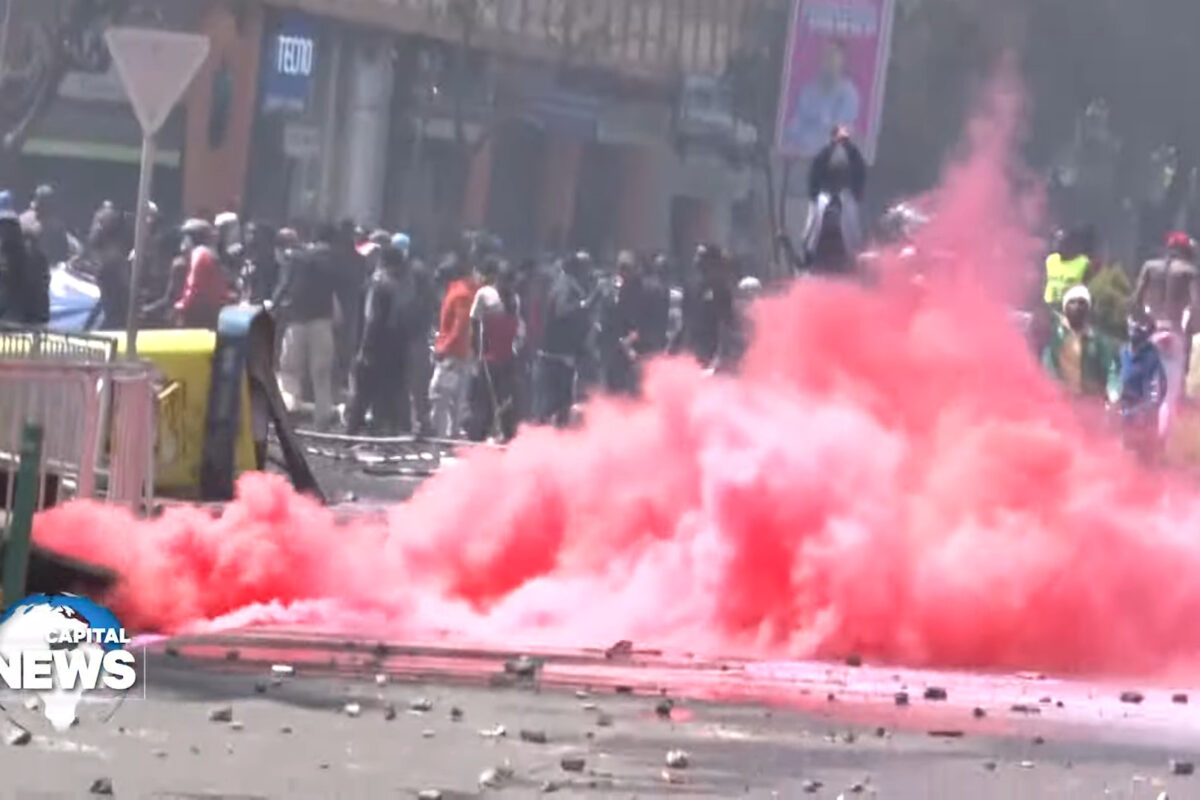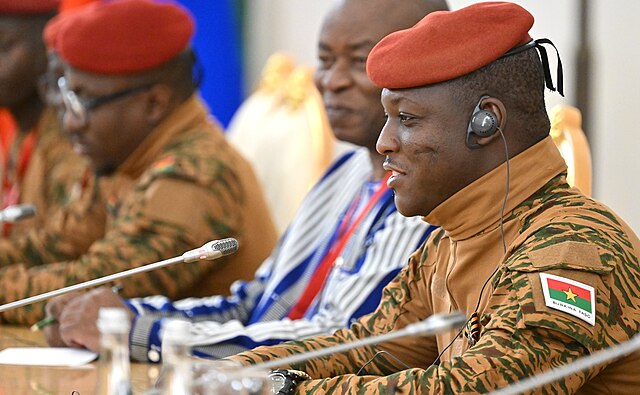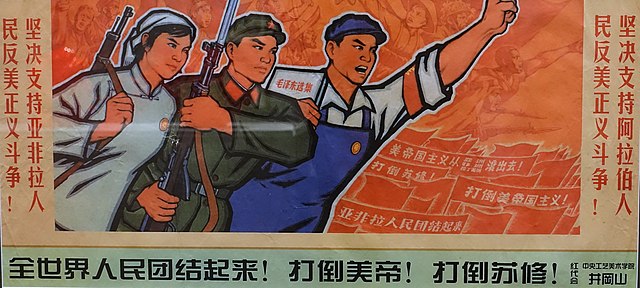Foreword:
This month marks the anniversary of the USA dropping atomic bombs on Hiroshima (August 6th) and Nagasaki (August 9th). We should recall that these were dropped when it was quite clear that Japan was defeated and on the verge of accepting Allied war demands to surrender. Contrary to USA mythology, they did not prevent masses of further USA troop deaths.
The real reason to drop the bomb was simply to stop any incursion of the USSR into Japan – as had been previously – and jointly – agreed by the Allies at Yalta.
This article reprises the history. A version was first printed by Alliance ML in 1998.
Prior USSR knowledge about the bomb
As early as March 1942, the Soviet government became aware of the activities in the West towards the bomb. The secret British Maud Report of July 1941 concluded that:
“It will be possible to make an effective uranium bomb which, containing some 25 Lbs (pounds) of active material, would be equivalent as regards destructive effect to 1,800 tons of T.N.T.; and would also release a large quantity of radioactive substances which would make places near to where the bomb exploded dangerous to human life for a long period”.
David Holloway:”Stalin and the Bomb”; New Haven, 1994; p.79
Details were obtained by Anatolii Gorskii (codename Vadim), the NKVD London resident, John Cairncross and Klaus Fuchs, and transmitted to Beria. Details of the Manhattan Project in the USA were also known to the USSR. However these became known during the siege of Stalingrad. Therefore USSR progress to counter the threat was slow.
Allied Agreement on USSR and Japanese relations at Yalta
By February 1945, the imminent defeat of Germany raised joint Allied intervention against Japan. The Yalta meeting took place between Churchill, Roosevelt and Stalin, to draw up plans after the war.
In the section entitled “Agreement Regarding Japan”, it was made clear that after Germany’s surrender (“in two or three months time”), the USSR would enter into war against Japan on the condition that the USSR regained its rights in the border zones with Japan, and was granted the Kurile Islands.
February 11, 1945. USA Senate Committee on Foreign Relations
These claims of the USSR were to “be unquestionably fulfilled after Japan has been defeated.”
President Truman flourishes the new atomic threat – bombs Hiroshima and Nagasaki
By the Potsdam (July 1945) meeting of the Allied leaders, the USA had exploded a test device at Alamogordo on July 16th. In the interim Roosevelt had died.
Marshall Zhukov relates a “casual” probing statement of the new US President – Harry Truman, to Stalin that the USA had a “new weapon of unusual destructive force”. To which USSR leaders responded:
“They’re raising the price,” said Molotov.
Stalin gave a laugh, “Let them. We’ll have to.. speed up our work”.
(Holloway; 1994; p. 117)
Obviously Stalin and Molotov understood the implications of Truman’s remark. Soon the USA exploded the first nuclear devices used in warfare. First on Hiroshima on August 6th, 1945 and then on Nagasaki on August 9th, 1945.
The Japanese had been on the verge of surrendering, and had no longer posed a significant military threat. But if the USSR entered the war-theater – as the Yalta accord had agreed – the USA worried that concessions would have to be made to it. Hiroshima was therefore both a pre-emptive strike against the USSR presence in the Japanese-Pacific arena, and a threat for the future post-war realpolitik.
Nonetheless the Soviets entered the Far Eastern war there as they had promised. From August 9th the Red Army attacked the Japanese in Manchuria. Thus the USA did not fully achieve their goal of completely shutting the USSR entry out of the Far eastern war. (Holloway; p.128).
USA possession of the atomic bomb was a potent threat, as both American and Soviet leaders understood. Yuli Khariton, one of the Soviet creators of the bomb said:
“The Soviet Government interpreted Hiroshima as atomic blackmail against the USSR, as a threat to unleash a new even more terrible and devastating war.”
Vladislav Zubok & Pleshakov, Constantine “Inside the Kremlin’s Cold War-From Stalin to Khrushchev”; Cambridge Mass; 1996; p.43
The British Ambassador to the USSR, Sir Archibald Clark Kerr agreed, writing to Foreign Secretary Eden:
“The victory over Germany had made the Soviet leaders confident that national security was at last within their reach.
“Then along came the Atomic bomb.. At a blow the balance which had seemed set and steady was rudely shaken. Russia was baulked by the West when everything seemed to be within her grasp. The three hundred divisions were shorn of much of their value.” (Holloway, p.154).
This atomic possession grounded a new threatening approach of the USA. This was manifested when Truman demanded the “right” of safe entry to any world port they “needed for security”. This threat was specified in Truman’s Navy Day Address (October 27, 1945) announcing “12 Principles” for the USA state:
“Although the US was demobilizing rapidly.. It would still retain the largest Navy in the world, and one of the largest air forces. It would retain the atomic bomb. The US needed this vast peacetime force.”
Resis A: ’Stalin, the Politburo & Onset of the Cold War. 1945-1946″, no.701, Carl Beck papers, Pittsburgh 1988; p. 4.
Truman’s Navy Day speech was an assertive speech that:
“Plainly coupled implicit threat with explicit friendliness”.
Resis; p. 5.
Molotov replied ten days later in a speech to commemorate the 28th anniversary of the Bolshevik Revolution. He stated that the imperialists were “exploiting the atomic bomb in international affairs”, and predicted the USSR would obtain atomic energy also (Resis, p. 6).
Kaganovich warned in a speech (Feb 8, 1946) that:
“Our country still finds itself in capitalistic encirclement.”
Resis, p.10.
Molotov warned of the need to “overtake and surpass” the economically most developed countries of Europe and the USA,” in per-capita industrial production in the near future.
Later Stalin said in February 9th 1946, that although there had been an alliance of “freedom loving states”, including the USSR, UK, and USA, the process of uneven capitalist developments had continued unabated. Inevitably there would be another war, although this would be some time off – some 15-20 years. (Resis Ibid, p. 16).
George Kennan’s inciting Long Telegram
The rulers of the USA were in a bellicose and belligerent mood. The USA Charge d’affaires, George Kennan in Moscow, analyzed Stalin’s speech, writing his infamous “long telegram”. This insisted that the USSR was preparing to go to war for expansion.
But other interpreters of events included the British Charge d’affaires in Moscow, Frank Roberts. He cabled both London and Washington, that Moscow really did want peace at this juncture (Resis Ibid, p.19). And Stalin’s actions fully corroborated this.
Resis points out the “conciliatory deeds” of Stalin made in order to convey peaceful intent:
“In September 1945, despite Soviet claims on Bear Island and Spitzbergen, Moscow had announced the withdrawal of the Soviet Command from Norway without any quid pro quo and before the Western Allies withdrew their troops. This action was followed on April 6th 1946, when Moscow announced the withdrawal of the Soviet Command from the Danish Island of Bornholm, leaving no Soviet troops in Scandinavia. On the same day Moscow stated that it would complete evacuation of Soviet troops from China by the end of April. Moscow also announced… that it would complete evacuation of all troops from Iran within one-month and a half. On May 22, 1946, Moscow announced that Soviet troops had been completely withdrawn from Manchuria, and on May 24 that the evacuation of Soviet troops from Iran had been completed. At the Paris Peace Conference the Soviet Union abandoned its request for a trusteeship over Tripolitania in favour of its passing to Italian trusteeship under United nations control.”
Resis A; Ibid; p. 25.
Breaking of the Atomic Monopoly
However all such signals to assure the imperialists of the USSR‘s peaceful intentions were in vain. The USSR was again being isolated. Therefore, on August 20th, ten days after the bombing of Nagasaki, the USSR State Defence Committee struck a special committee to:
“direct all work on the utilization of the intra-atomic energy of uranium”.
Holloway D; Ibid; p. 129.
This Special Committee succeeded in developing the bomb for the USSR and closing the USA military superiority. The scientists on the committee were Khurchatov and Peter Kaptisa. Beria reported to Stalin weekly. The mandate of the Committee was broad, including special dispensations for all matters related to the production of uranium.
The USSR atomic bomb followed the design of the USA bombs, and were termed the RDS systems. By August 1949, RDS-1 was successfully exploded. The speed of the USSR catch-up of the atomic gap surprised the USA imperialists. No doubt, this was owed in part to espionage. However, even authors hostile to Marxism-Leninism recognise the achievements of Soviet science, and industry which had to overcome the appalling devastation of Nazi invasion:
“The short duration and arrangement of the parallel works became possible thanks to… intelligence materials about the designs of the U.S. atomic bombs … It should be emphasized that the availability of the intelligence materials could not substitute for independent experimental, theoretical, and design verification of the Soviet atomic bombs which were being prepared for testing. Owing to the extraordinary responsibility of the leaders of and participants in the Soviet atomic project, RDS-1 was tested only after thorough confirmation of the available information and a full cycle of experimental, theoretical, and design studies whose level corresponded to the maximum capabilities of that time.”
http://www.gwu.edu/~nsarchiv/CWIHP/BULLETINS/b8-9a38.htm
On December 25th, 1946 the first Soviet nuclear reactor started a controlled chain reaction – this began to return some agency back into the hands of the USSR.
Continuing USSR Weakness After Acquiring the Bomb
The temporary military and political weakness of the USSR in countering the atomic intimidation of the USA was partially ended in August 1949, with the USSR atomic bomb. But imperialist observers of the USSR noted continued military weaknesses. The USA had already stockpiled over a hundred atomic bombs.
The highest levels of the US officialdom knew very clearly how affected the USSR had been by the war. In fact, the Western imperialists remained confident that the German Nazi invasion had left the USSR significantly weakened. As the USA ambassador to the USSR, Admiral Alan G. Kirk, commented at a meeting of U.S. ambassadors at Rome, March 22-24, 1950:
“There were certain weaknesses in the Soviet Union which should be considered. The two basic shortages in terms of raw materials were those of rubber and petroleum. It was generally believed that there were no more large unexploited oil reserves available to the Russians. The other important weakness was that of the transportation system which in all respects, rail, highway, and water, was not highly developed in a modern sense.” (FRUS 1950-, Volume III, p. 823).
Colonel Robert B. Landry, Air Aide to President Truman in 1948, reported the weakness of the Russian mobilisation capability when directed at the West:
“I was told at the G-2 [intelligence] briefing that the Russians have dismantled hundreds of miles of railroads in Germany and sent the rails and ties back to Russia. There remains, at present time, so I was told, only a single track railroad running Eastward out of the Berlin area and upon which the Russians must largely depend for their logistical support. This same railroad line changes from a standard gauge, going Eastward, to a Russian wide gauge in Poland, which further complicates the problem of moving supplies and equipment forward”.
Frank Kofsky: “The War Scare of 1948”, London; 1993, 1995. pp. 293-94.
Conclusion
The bombing of Hiroshima and Nagasaki obliterated the cities and many of their peoples. Long-term cancerous effects were also sown. All to threaten the USSR, and to prevent its entry into Japan. That Stalin tried hard to remain at peace with the Western imperialists was even accepted by a High Priest of ‘The Cold War’ Warrior Academics, John Lewis Gaddis:
“What is often forgotten about Stalin is that he wanted, in his way, to remain ‘friends’ with the Americans and the British: his objective was to ensure the security of his regime and the state he governed, not to bring about the long-awaited international proletarian revolution; he hoped to do this by means short of war, and preferably with Western cooperation.”
John Lewis Gaddis: “Intelligence, Espionage and Cold War Origins”, DH, Spring 1989, 209.
Other academic Cold War historians agree with Gaddis’ view, including V. Mastny; and Zubok and Pleshakov. As we remember the anniversaries of the bomb drops, we cannot forget the true reasons for their occurrence.




